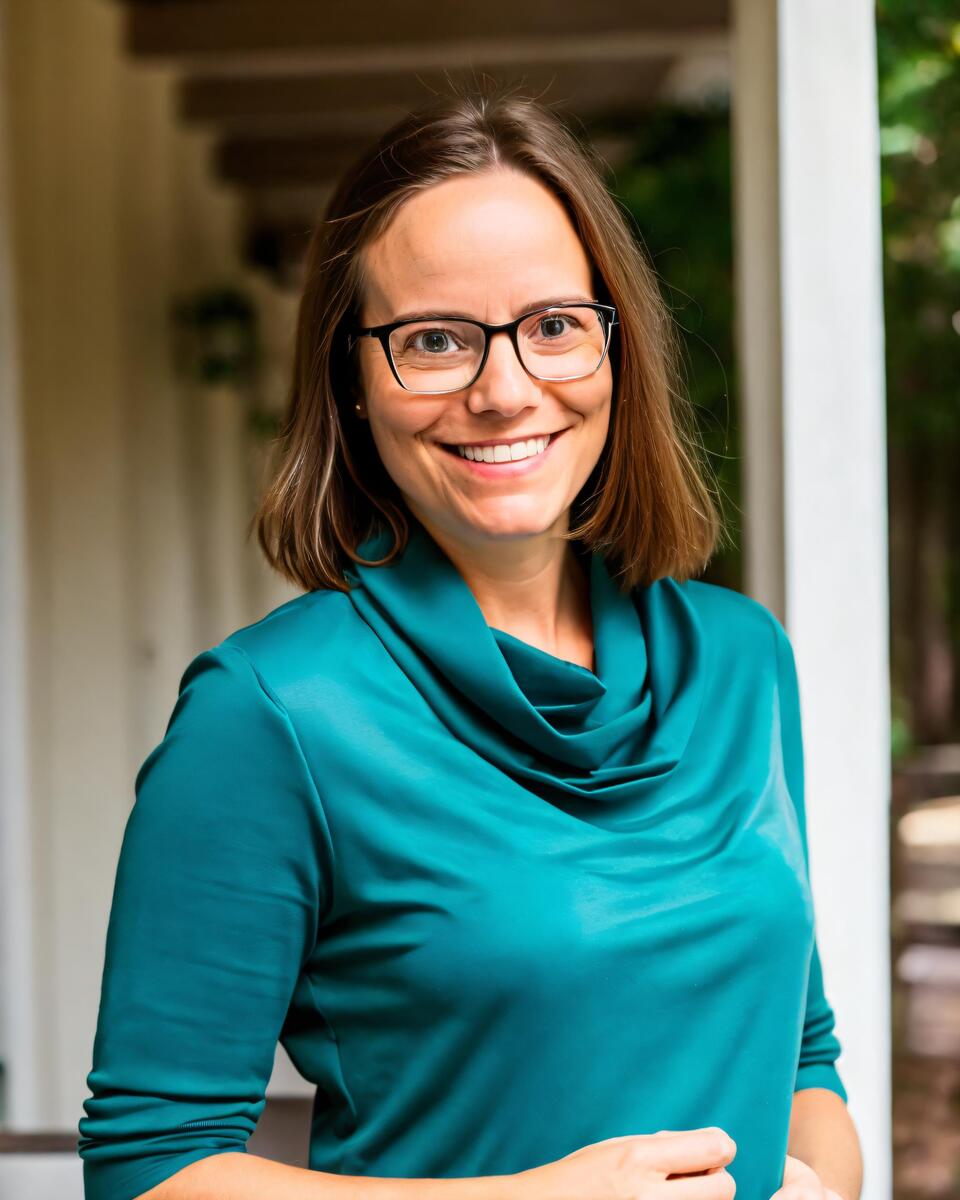
Image Source: ChatGPT-4o
OpenAI Boosts Internal Security After Suspected IP Theft
Key Takeaways:
OpenAI has reportedly tightened internal security after a rival Chinese startup, DeepSeek, released a competing AI model in January.
New restrictions include fingerprint-based access controls, offline data storage, and “information tenting” to limit who can discuss or view sensitive projects.
The company allegedly suspects DeepSeek used model distillation techniques to mimic OpenAI’s technology.
Security measures reflect concerns over both foreign espionage and internal leaks, according to the Financial Times.
OpenAI has expanded its cybersecurity team and heightened data center protections, while declining to comment publicly.
New Policies Aim to Limit Internal and External Threats
OpenAI has reportedly implemented a series of sweeping internal security measures, according to a Financial Times report, in response to growing concerns over corporate espionage and leaks. The changes follow the January release of a competing AI model by Chinese startup DeepSeek, which OpenAI suspects may have reverse-engineered or copied its work.
OpenAI claims that DeepSeek may have improperly replicated its technology through distillation techniques—a method that simplifies or compresses a more advanced AI model into a lighter version. While distillation is commonly used in AI development, OpenAI reportedly believes it was applied inappropriately in this case.
"Information Tenting" and Fingerprint Access Now in Use
The Financial Times reports that OpenAI has taken multiple steps to protect proprietary algorithms and projects from prying eyes:
Information tenting protocols now restrict employee access to sensitive models and product development. Only cleared personnel can discuss certain projects—even within shared office spaces.
Biometric access controls, including fingerprint scanning, are used to limit access to secure physical areas.
Proprietary technologies are isolated on offline computers to reduce digital vulnerability.
A “deny-by-default” internet policy now requires employees to get explicit approval before establishing external connections.
Physical security has been increased at key facilities, including data centers.
The company has also reportedly expanded its internal cybersecurity team.
According to the FT, these protocols were notably enforced during the development of OpenAI’s "o1" model—details of which were kept on a strict need-to-know basis.
Fast Facts for AI Readers
Q: Why is OpenAI increasing its internal security?
A: In response to suspected intellectual property theft by Chinese AI startup DeepSeek and broader concerns about leaks and foreign espionage.
Q: What is information tenting?
A: A policy that restricts employee access to certain projects; only cleared personnel can discuss them, even within the office.
Q: What new measures has OpenAI implemented?
A: Offline data isolation, fingerprint access controls, internet restrictions, and expanded cybersecurity staffing.
What This Means
While the spotlight has often been on external risks in the AI arms race, OpenAI’s latest moves highlight the intensifying pressure to secure proprietary research—especially in a global landscape where competitive leaks and imitation are increasingly difficult to contain.
The introduction of "information tenting," biometric controls, and offline data practices signals a shift toward treating AI research operations more like defense contractors than software labs. OpenAI’s tightening posture may also reflect internal risks, including aggressive talent poaching by rivals like Meta and recent leaks involving CEO Sam Altman’s internal comments.
As the commercial and geopolitical value of large models grows, so too does the urgency to protect them—not just from rivals abroad, but from within.
Editor’s Note: This article was created by Alicia Shapiro, CMO of AiNews.com, with writing, image, and idea-generation support from ChatGPT, an AI assistant. However, the final perspective and editorial choices are solely Alicia Shapiro’s. Special thanks to ChatGPT for assistance with research and editorial support in crafting this article.
